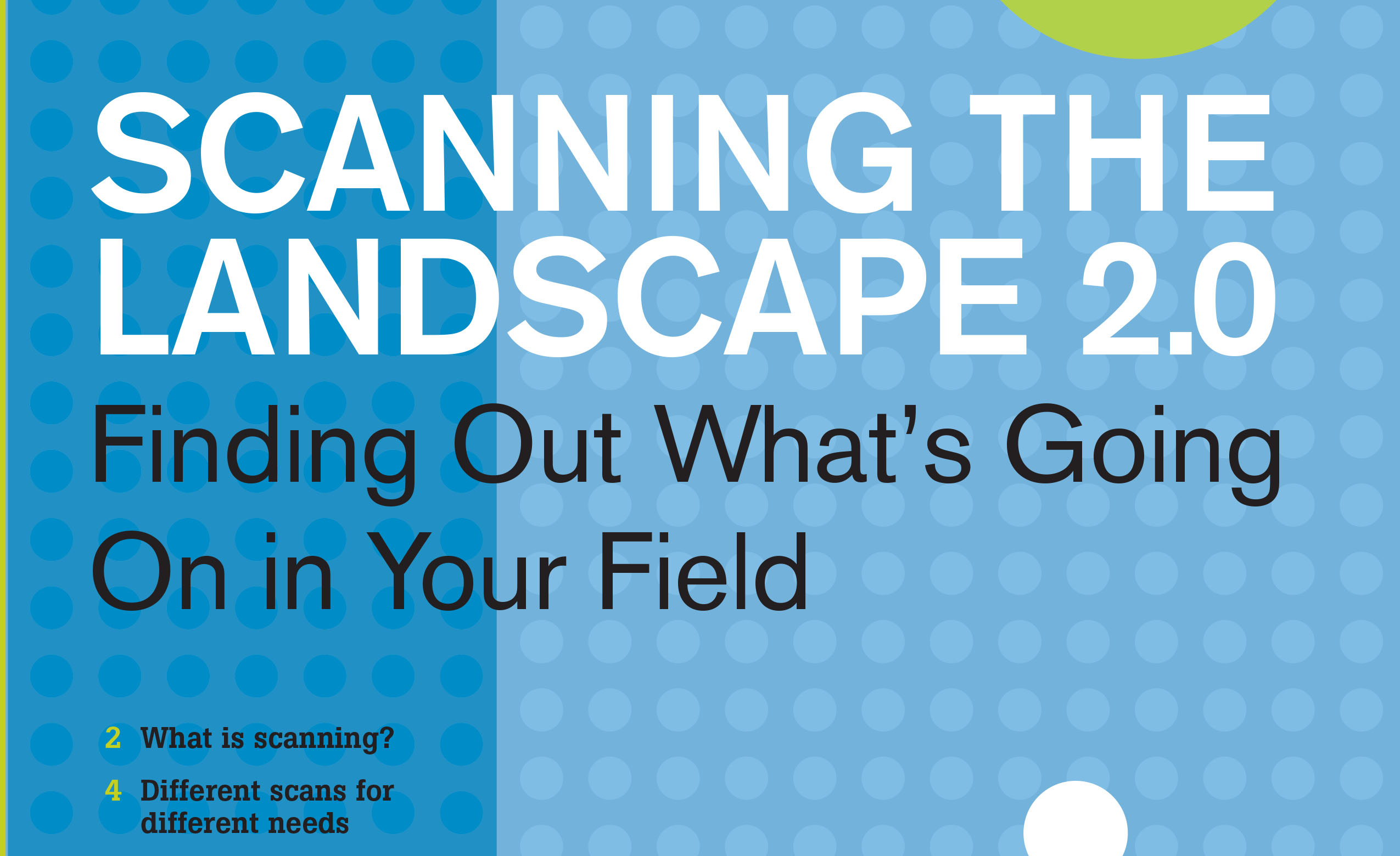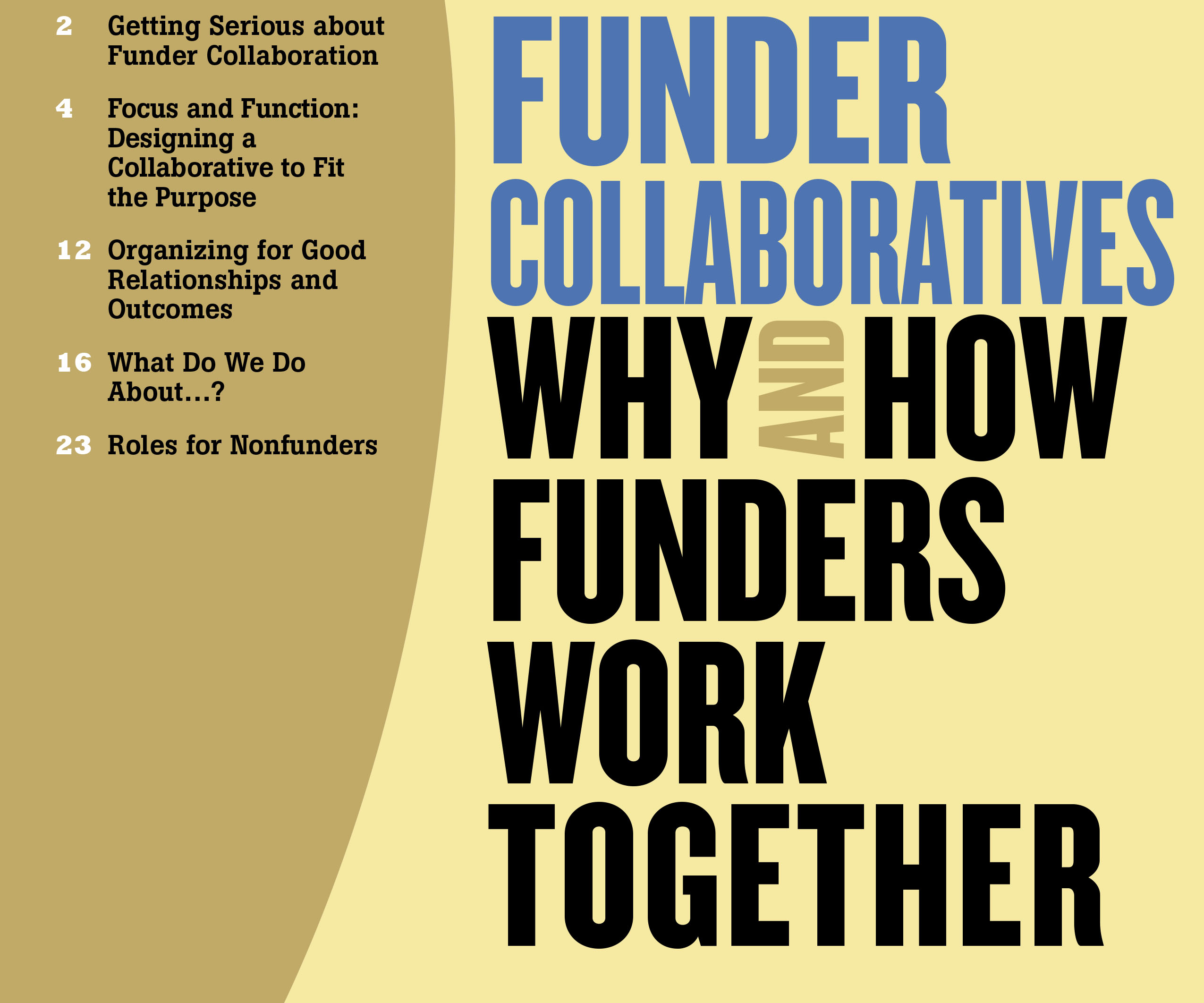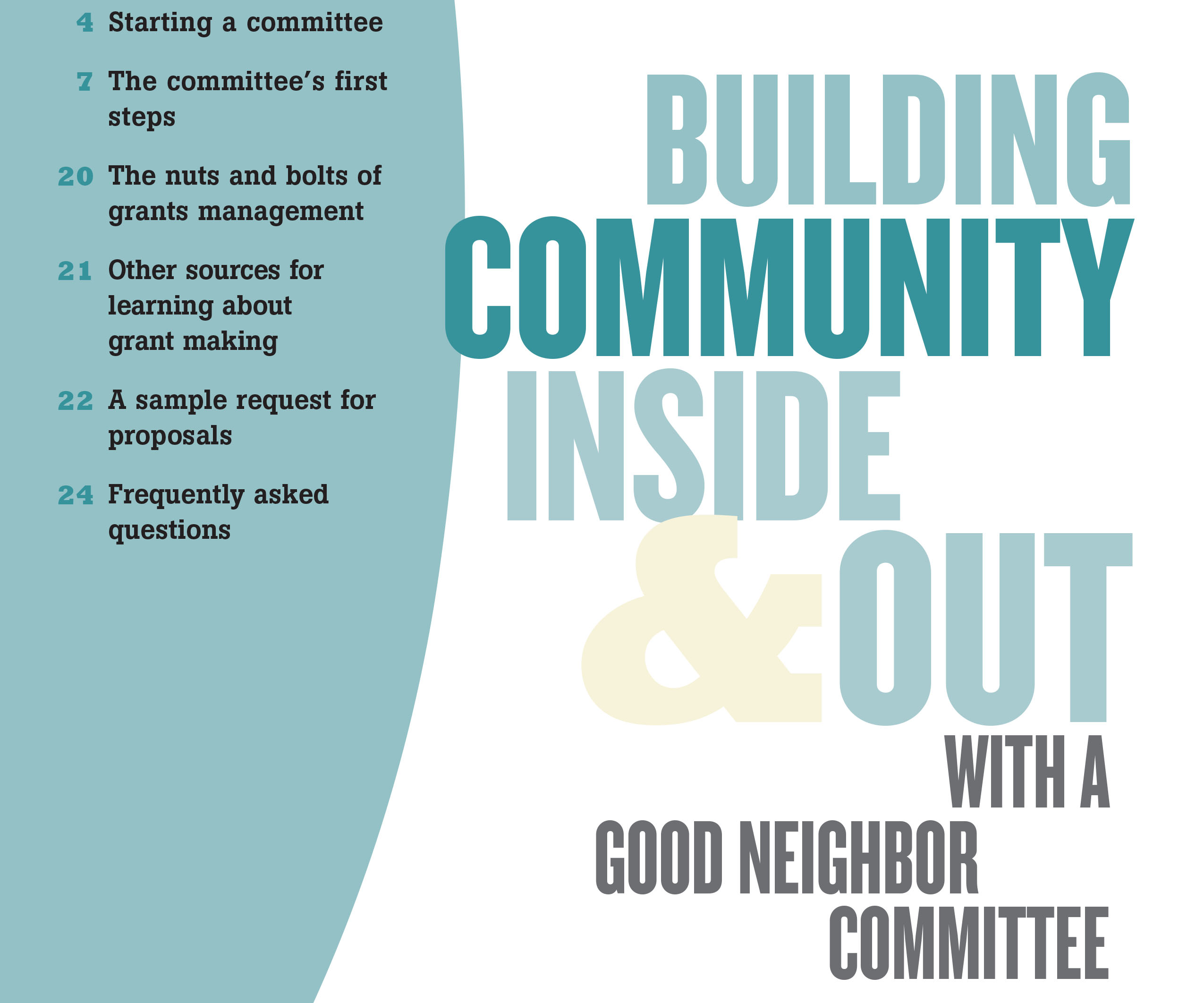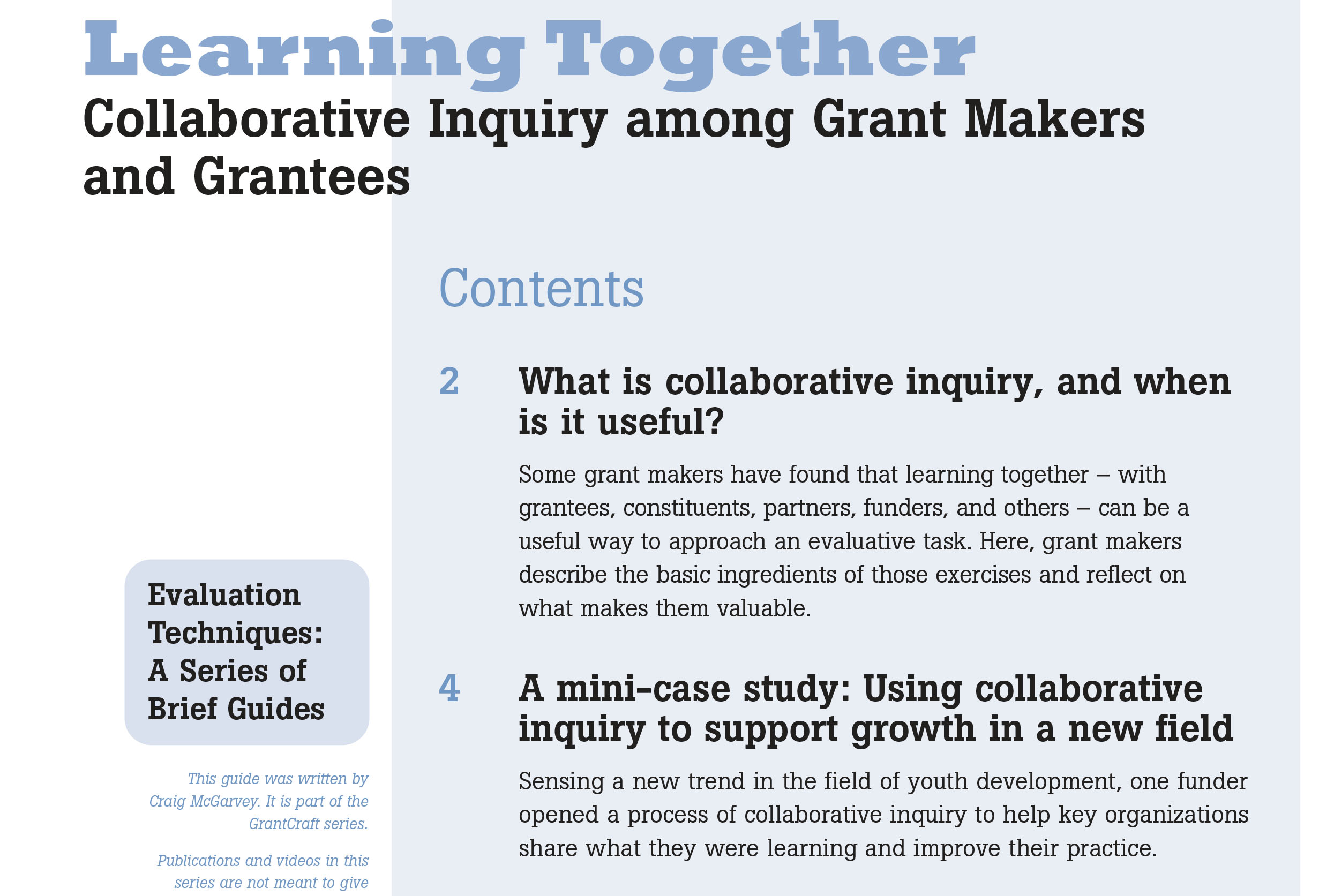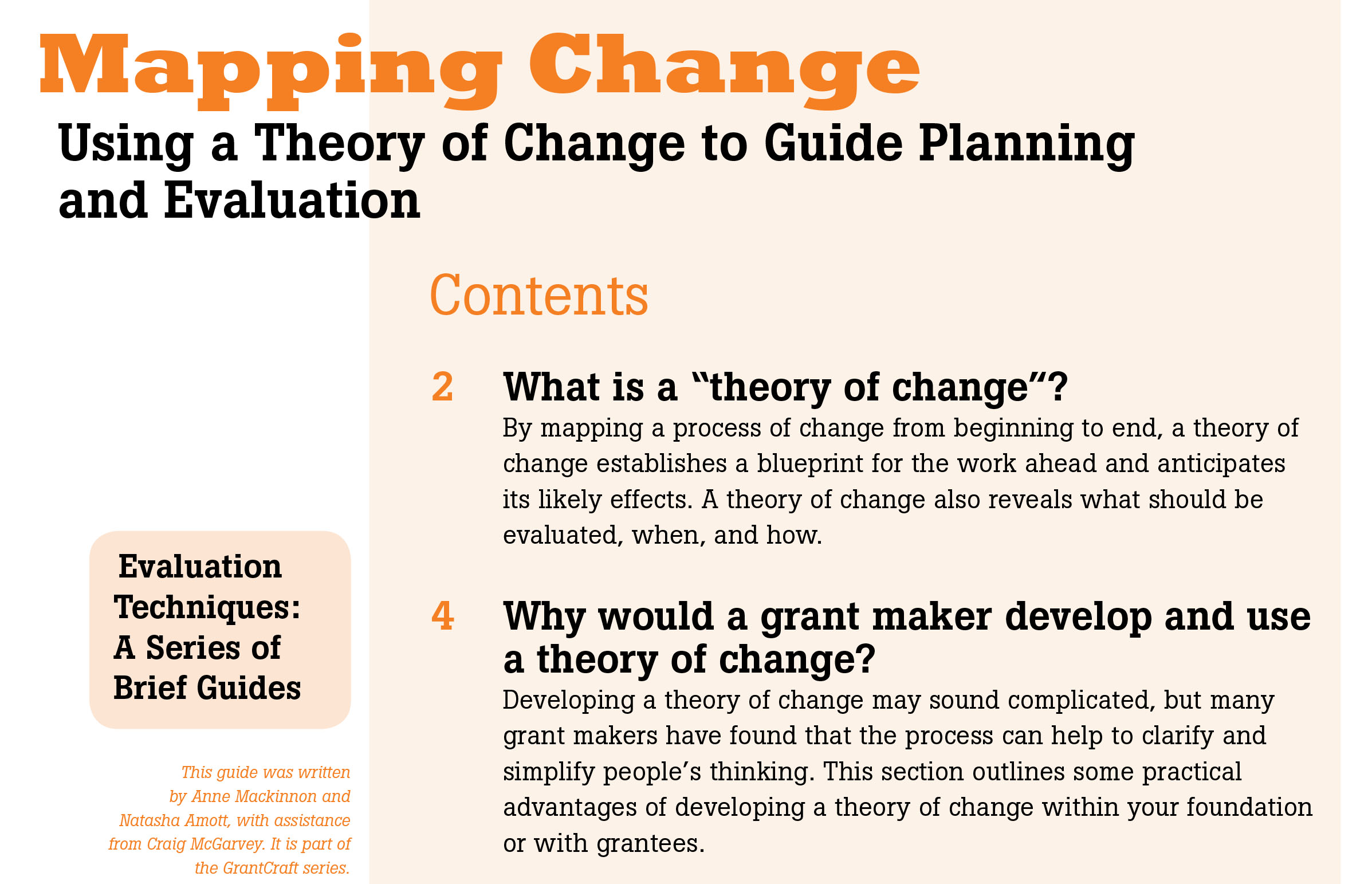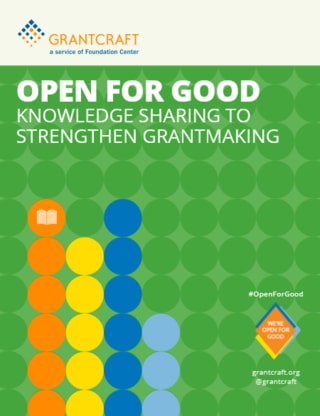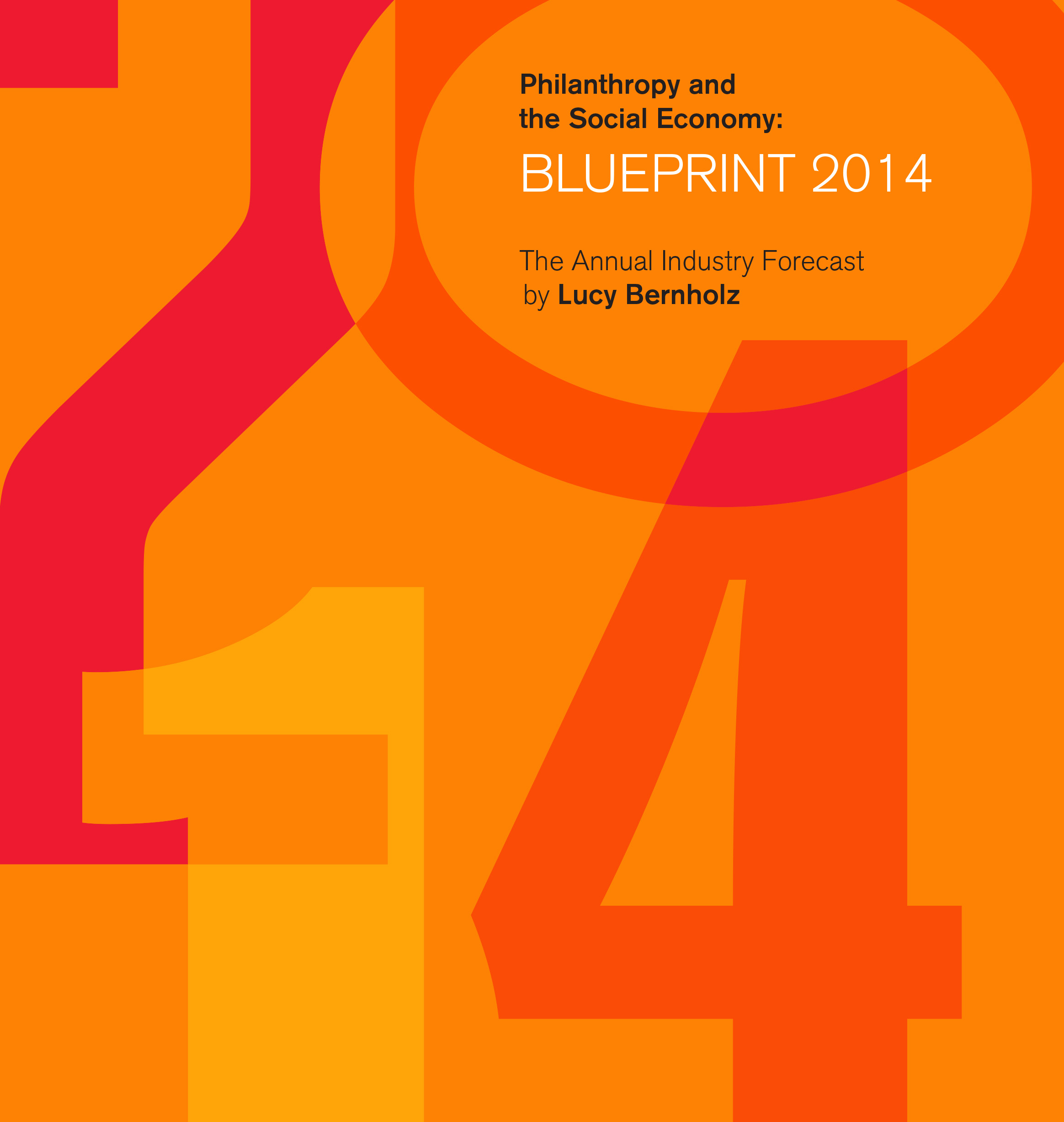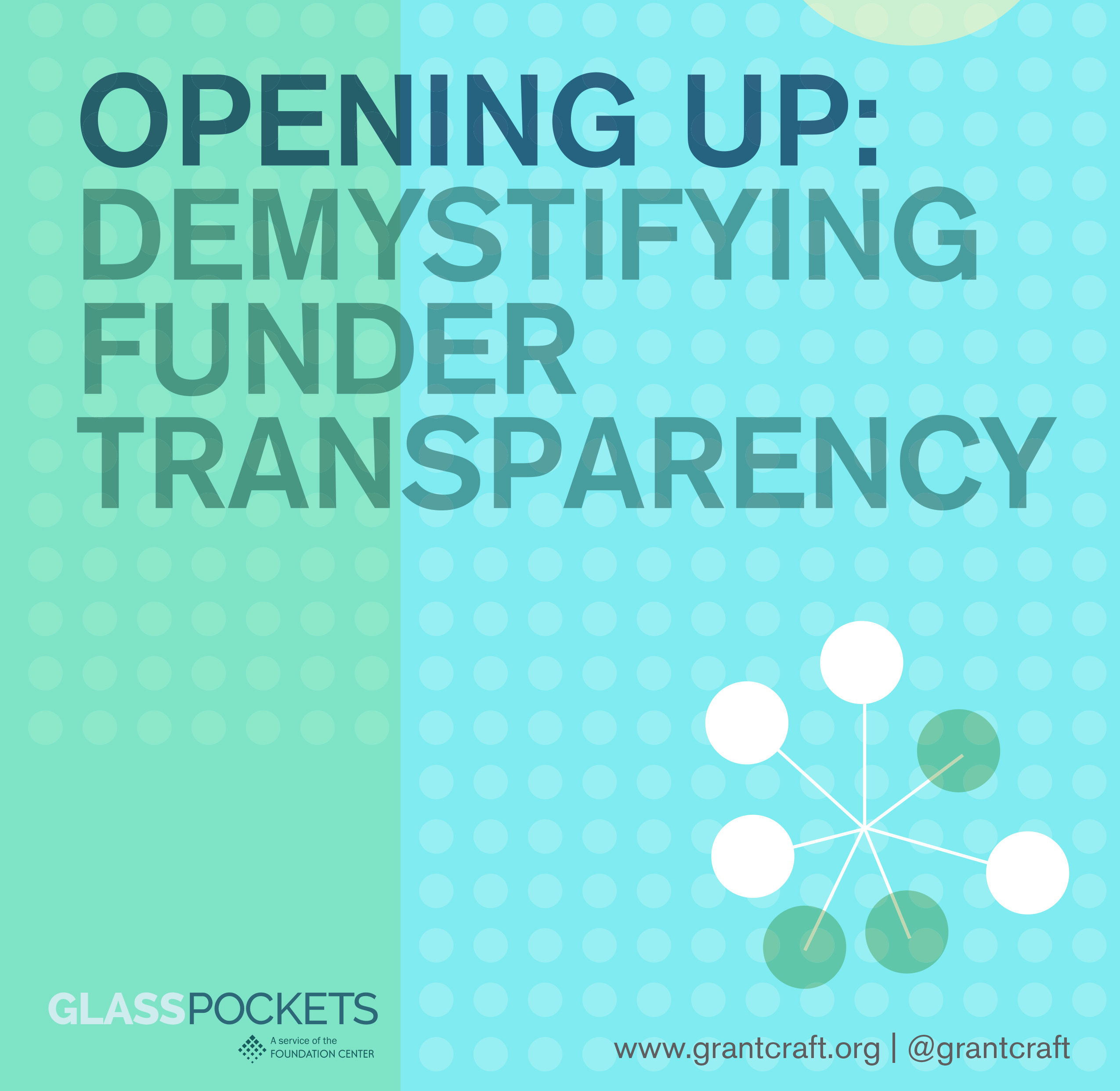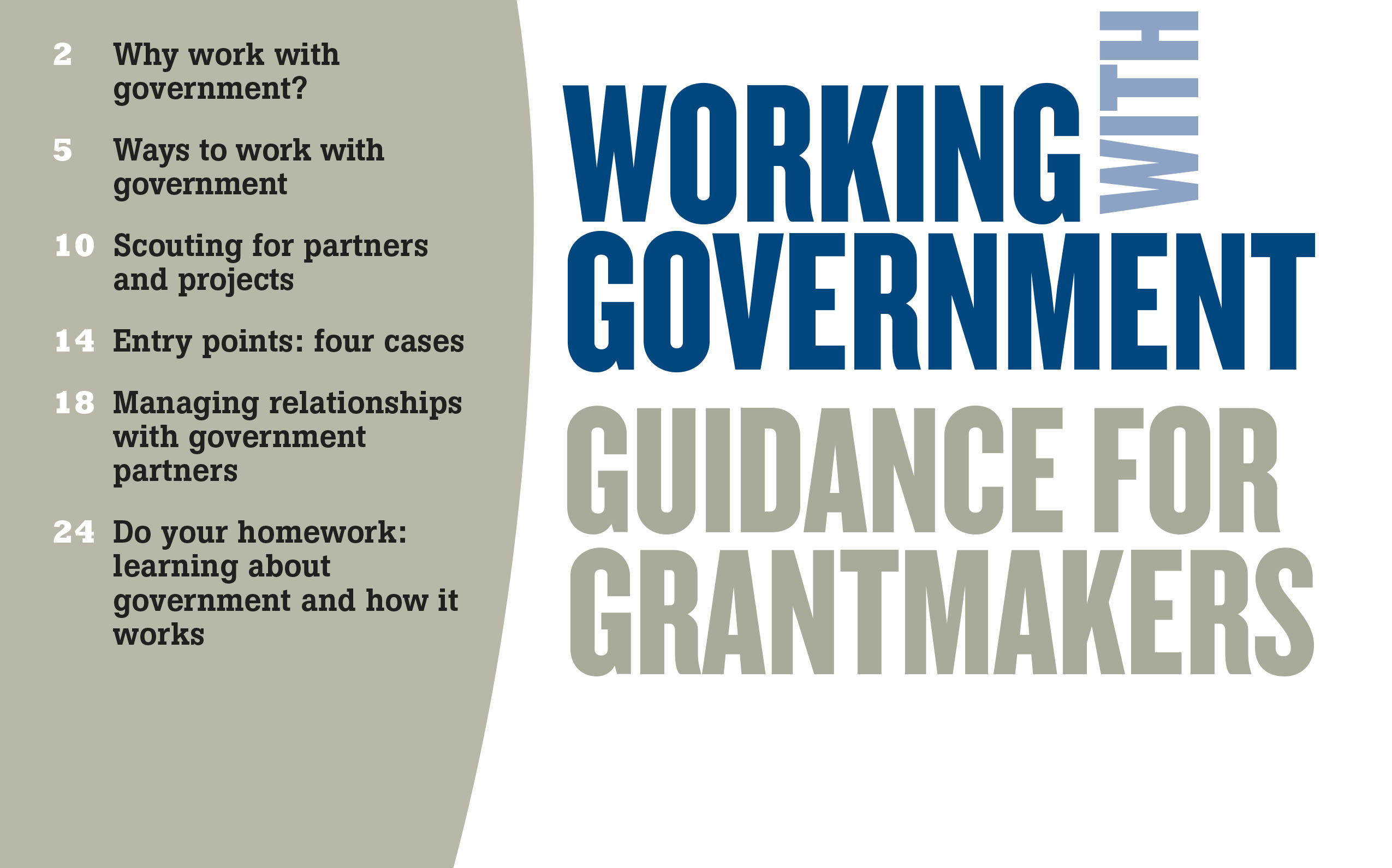Saying Yes/Saying No to Applicants Strengthening Your Decision Giving Skills
Most funders review more proposals than they can recommend for funding. Decision making about what to fund is challenging and so is decision giving to hopeful applicants. How do you say Yes, or No, so that grant applicants understand your foundation's rationale, feel that they've been treated fairly, and can make realistic plans about their next steps? This guide offers observations and suggestions from funders and grantees to make this task easier and more meaningful.
Highlights
- Reviewing the basic rules
- Understanding grantseeker expectations
- Managing your role and the rationale for your decision
What's in the Guide?
- Introduction: For most grantmakers, decision making is always difficult, but decision giving can be just as hard: How do you say Yes or No so that grant applicants clearly understand your rationale, feel that they've been treated fairly, and make realistic plans about their next steps?
- The Basic Rules: The basic rules of good decision giving might look like a matter of simple efficiency and etiquette. But decision giving can get complicated in ways that can suddenly make it hard to observe them.
- The Rationale for Your Decision and Its Implications: In giving Nos, rationale is destiny. If you understand the rationale for your decision clearly, you can understand how much and what kind of effort to make in communicating with grantseekers.
- Grantseeker Expectations: Grantmakers describe six situations — from making site visits to reviewing proposals from friends and former colleagues — where understanding the grantseeker's expectations can lead to better decision giving.
- How Your Institution Shapes Decision Giving: Grantmakers can't unilaterally change their institutions, but they can understand how institutional practices and culture influence their decision giving challenges. The first step is to identify the expectations and unwritten rules of your foundation.
- Your Personal Identity vs. Professional Role: While retreating totally into a professional role would make grantmakers inaccessible and impersonal, ignoring that role can make decision giving too personal — creating burdens and dynamics that needlessly complicate the job.
- The Challenges of Saying Yes: A Yes is often just an early step in a long, possibly complicated relationship between a grantmaker and grantee. Getting that relationship off to a good start, with realistic expectations on both sides, means saying a good deal more than just Yes.

-
Link to Working with Government
Managing Expectations: Site Visits
Are grantseekers reading too much into your site visits? Should you schedule fewer visits — or make them only to "sure thing" groups — thus perpetuating a misperception? Here experienced grantmakers share advice on how they recognize factors that influence grantseeker expectations — and how hey avoid needlessly raising hopes.
Read more -
Link to Working with Government
What Grantseekers Wish Grantmakers Knew About Communicating Decision
- Put more guidance in the guidelines. Many grantseekers rely on written guidelines as their primary resource in determining whether to apply to a foundation for a grant.
-
Link to Working with Government
The Form Letter: A Grantseeker’s Critique
Undated, misspelled, sloppily photocopied, and not personalized in any way, this barest of form letters cannot help but give offense. It leaves the grantseeker wondering why he bothered to send a personalized proposal.
Read more -
Link to Working with Government
The Challenges of Saying “Yes”
The premature "Yes": Wanting to share good news, grantmakers sometimes give grantseekers a "Yes" without indicating that a negotiating process will follow. “They hear the 'Yes' and not the ‘let’s negotiate,’” said one grantmaker.
Read more -
Link to Working with Government
Preparing for Difficult Conversations
GrantCraft asked Doug Stone — a lecturer at Harvard Law School, partner at Triad Consulting Group, and a specialist in negotiation — to explain how their research could help grantmakers:
Read more -
Link to Working with Government
Your Personal Identity vs. Professional Role
- Personalizing the burden.
- Focusing on your professional role.
-
Link to Working with Government
How Your Institution Shapes Decision Giving
“How much should I educate grantseekers about my foundation’s interests and priorities?”
“What help or feedback do I owe rejected applicants, and can I afford to give it?”
Read more -
Link to Working with Government
Grantseeker Expectations
“I wanted their thinking, not necessarily a proposal.”
- Grantmakers are frequently in dialogue with nonprofit leaders, trying to develop effective strategies by asking their advice. But because others see the grantmaker’s job as making grants, even casual exchanges of information or ideas are often followed, days later, by an unexpected grant request.
-
Link to Working with Government
The Rationale for Your Decision: Incorporating the Board
Other grantmakers pointed out that part of that job is to work with executives and trustees — outside of discussions about pending grant proposals.
Read more -
Link to Working with Government
The Rationale for Your Decision: Giving Feedback
One grantmaker reported she has simply learned over time “to be more confident in expressing my judgments to people so that I don’t get into long discussions or pseudo-arguments.” But for another grantmaker, engaging in dialogue with grant seekers “is why I am here.”
Read more
Most funders review more proposals than they can recommend for funding. Decision making about what to fund is challenging and so is decision giving to hopeful applicants. How do you say Yes, or No, so that grant applicants understand your foundation's rationale, feel that they've been treated fairly, and can make realistic plans about their next steps? This guide offers observations and suggestions from funders and grantees to make this task easier and more meaningful.
Highlights
- Reviewing the basic rules
- Understanding grantseeker expectations
- Managing your role and the rationale for your decision
What's in the Guide?
- Introduction: For most grantmakers, decision making is always difficult, but decision giving can be just as hard: How do you say Yes or No so that grant applicants clearly understand your rationale, feel that they've been treated fairly, and make realistic plans about their next steps?
- The Basic Rules: The basic rules of good decision giving might look like a matter of simple efficiency and etiquette. But decision giving can get complicated in ways that can suddenly make it hard to observe them.
- The Rationale for Your Decision and Its Implications: In giving Nos, rationale is destiny. If you understand the rationale for your decision clearly, you can understand how much and what kind of effort to make in communicating with grantseekers.
- Grantseeker Expectations: Grantmakers describe six situations — from making site visits to reviewing proposals from friends and former colleagues — where understanding the grantseeker's expectations can lead to better decision giving.
- How Your Institution Shapes Decision Giving: Grantmakers can't unilaterally change their institutions, but they can understand how institutional practices and culture influence their decision giving challenges. The first step is to identify the expectations and unwritten rules of your foundation.
- Your Personal Identity vs. Professional Role: While retreating totally into a professional role would make grantmakers inaccessible and impersonal, ignoring that role can make decision giving too personal — creating burdens and dynamics that needlessly complicate the job.
- The Challenges of Saying Yes: A Yes is often just an early step in a long, possibly complicated relationship between a grantmaker and grantee. Getting that relationship off to a good start, with realistic expectations on both sides, means saying a good deal more than just Yes.

